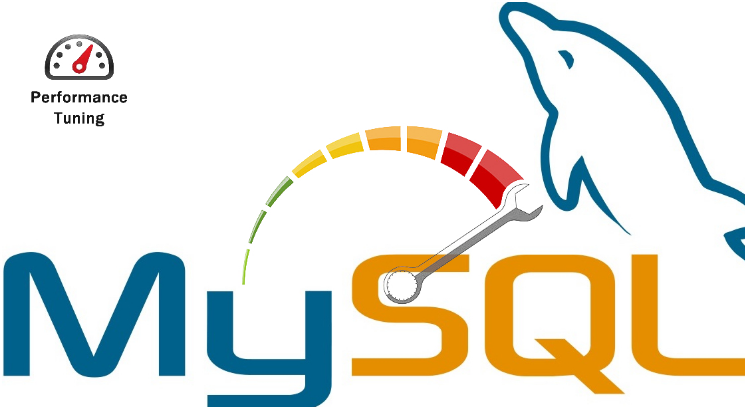As technology continues to evolve, voice search is becoming an integral part of how consumers seek information. With the convenience of simply speaking to a device, whether it’s a smartphone, smart speaker, or other voice-enabled technology, consumers can obtain answers quickly and effortlessly. This shift towards voice search has profound implications for consumer market research, offering new avenues and challenges for understanding consumer behavior.
The rise of voice search
Voice search is rapidly gaining traction. According to a report by juniper research, 55% of households are expected to own a smart speaker by 2024. Moreover, voice search queries are predicted to account for 50% of all searches by 2025 . This surge is driven by advancements in natural language processing (nlp) and the growing accuracy of voice recognition technologies.
The unique characteristics of voice search
Voice search differs fundamentally from traditional text-based search. It is more conversational, context-driven, and often involves longer queries. These characteristics influence how consumers interact with search engines and, consequently, how data is collected and analyzed for market research.
Conversational nature
Voice searches are typically more conversational and natural. Instead of typing “Best italian restaurant nyc,” a user might ask, “What’s the best italian restaurant in new york city?” this shift means that search queries are becoming more complex and context-rich, providing deeper insights into consumer intent and preferences.
Context-driven queries
Voice searches are often context-driven, relying heavily on immediate surroundings and real-time needs. For instance, a consumer might use voice search to find “Nearby coffee shops” or “Current weather updates.” this real-time, location-specific data is invaluable for market researchers aiming to understand consumer behavior in specific contexts.
Impact on consumer market research
The rise of voice search presents several opportunities and challenges for consumer market research. Here are some of the less-discussed but significant impacts:
Enhanced consumer insights
Voice search provides richer and more nuanced data. Because voice queries tend to be longer and more detailed, they offer better insights into consumer intent. According to a study by google, 41% of people who use voice-activated speakers say it feels like talking to a friend or another person. This implies a level of trust and comfort that can lead to more authentic and detailed responses in voice-based surveys or interactions.
Shift in seo strategies
For businesses, optimizing for voice search is becoming crucial. This means focusing on natural language, question-based queries, and local seo. Market researchers need to adapt by analyzing voice search trends and integrating these insights into their strategies. For instance, understanding the specific phrases and questions consumers use can help businesses tailor their content to meet these needs more effectively.
Real-time data collection
Voice search allows for the collection of real-time data, providing immediate insights into consumer behavior and preferences. This is particularly useful for dynamic industries where trends change rapidly. By leveraging real-time voice search data, businesses can stay ahead of emerging trends and adjust their strategies accordingly.
Overcoming challenges
While the benefits are substantial, voice search also presents challenges for market researchers.
Data privacy concerns
With voice search, there are heightened concerns about data privacy and security. Consumers are becoming increasingly aware of how their data is collected and used, leading to more stringent regulations and expectations. Market researchers must navigate these concerns carefully, ensuring transparency and compliance with data protection laws.
Integrating multimodal data
Voice search data often needs to be integrated with other data sources, such as text-based searches, social media interactions, and transaction data, to provide a comprehensive view of consumer behavior. This requires advanced data analytics tools and techniques to synthesize and analyze multimodal data effectively.
Future trends
Looking ahead, several trends are likely to shape the impact of voice search on consumer market research:
Increased use of ai and machine learning
Ai and machine learning will play a crucial role in analyzing voice search data. These technologies can identify patterns, predict trends, and provide actionable insights from vast amounts of voice data. According to a report by marketsandmarkets, the ai in the voice recognition market is expected to grow from $1.3 billion in 2020 to $3.9 billion by 2025 .
Personalization and customization
As voice search technology advances, there will be greater opportunities for personalization and customization. By understanding individual consumer preferences and behaviors, businesses can deliver more personalized experiences, leading to higher engagement and satisfaction.
Conclusion
Voice search is revolutionizing the way consumers seek information and interact with technology. For market researchers, this presents both opportunities and challenges. By embracing the conversational, context-driven nature of voice search and leveraging advanced analytics, researchers can gain deeper insights into consumer behavior. However, they must also navigate privacy concerns and the complexities of integrating multimodal data. As voice search continues to grow, it will undoubtedly reshape the landscape of consumer market research, offering new pathways to understanding and engaging with consumers in more meaningful ways.




